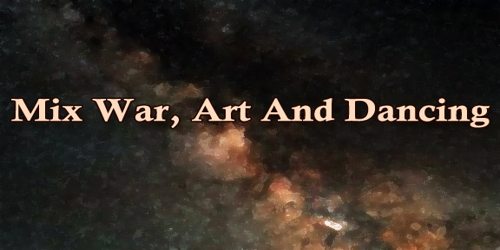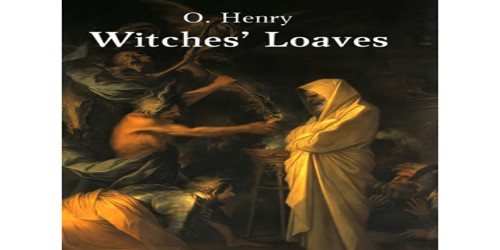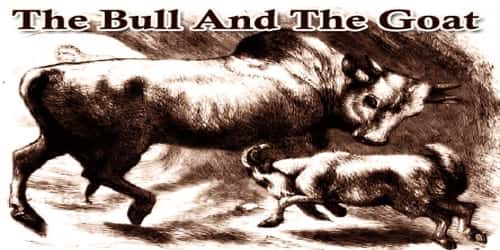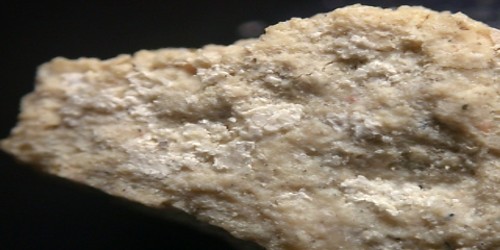Outside a woman walked along the wet street-lamp lit sidewalk through the sleet and snow.
Inside in the Fine Arts Institute on the sixth floor of the Y.W.C.A. Building, 1020 McGee Street, a merry crowd of soldiers from Camp Funston and Fort Leavenworth fox trotted and one-stepped with girls from the Fine Arts School while a sober faced young man pounded out the latest jazz music as he watched the moving figures.
In a corner, a private in the signal corps was discussing Whistler with a black-haired girl who heartily agreed with him. The private had been a member of the art colony at Chicago before the war was declared.
Three men from Funston were wandering arm in arm along the wall looking at the exhibition of paintings by Kansas City artists. The piano player stopped. The dancers clapped and cheered and he swung into “The Long, Long Trail A winding.” An infantry corporal, dancing with a swift-moving girl in a red dress, bent his head close to hers and confided something about a girl in Chautauqua, Kas.
In the corridor, a group of girls surrounded a tow-headed young artilleryman and applauded his imitation of his pal Bill challenging the colonel, who had forgotten the password. The music stopped again and the solemn pianist rose from his stool and walked out into the hall for a drink.
A crowd of men rushed up to the girl in the red dress to plead for the next dance. Outside the woman walked along the wet lamp-lit sidewalk.
It was the first dance for soldiers to be given under the auspices of the War Camp Community Service. Forty girls of the art school, chaperoned by Miss Winifred Sexton, secretary of the school and Mrs. J. F. Binnie were the hostesses. The idea was formulated by J. P. Robertson of the War Camp Community Service, and announcements were sent to the commandants at Camp Funston and Fort Leavenworth inviting all soldiers on leave. Posters made by the girl students were put up at Leavenworth on the interurb an trains.
The first dance will be followed by others at various clubs and schools throughout the city according to Mr. Robertson.
The pianist took his seat again and the soldiers made a dash for partners. In the intermission the soldiers drank to the girls in fruit punch. The girl in red, surrounded by a crowd of men in olive drab, seated herself at the piano, the men and the girls gathered around and sang until midnight. The elevator had stopped running and so the jolly crowd bunched down the six flights of stairs and rushed waiting for motor cars.
After the last car had gone, the woman walked along the wet sidewalk through the sleet and looked up at the dark windows of the sixth floor.
Written by Ernest Hemingway
















